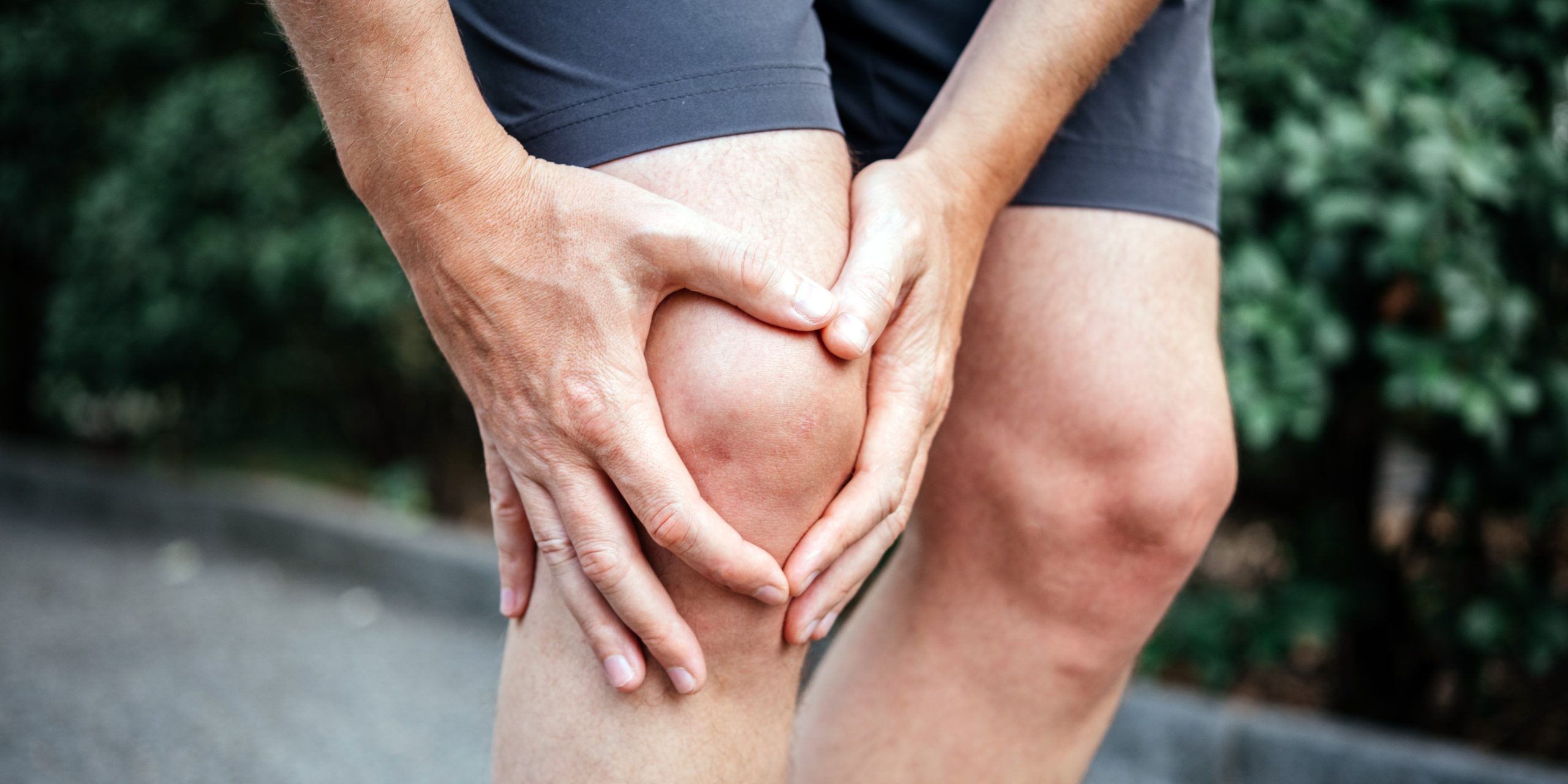RxBlack
ARPwave’s premier therapy device, and is revered within elite athletic communities.
FlexDoctor
Integrates our revolutionary waveform into a portable, handheld device,
offering convenient pain reduction with just the push of a button.

The knee joint plays a crucial role in everyday movement, supporting walking, running, jumping, and even standing. The meniscus is a vital cartilage structure that acts as a cushion and stabilizer between the femur (thigh bone) and tibia (shin bone). Meniscus tears are a common knee injury, particularly among athletes, older adults, and those engaged in physically demanding activities. Understanding the nature of meniscus tears, their impact on the body, and the available treatments can make a significant difference in recovery outcomes.
Over time, ARPwave Therapy has emerged as an effective, non-invasive treatment option that aids in accelerating the recovery process for knee injuries, including meniscus tears. This article will dive deep into meniscus tears, explore how ARPwave works, and provide evidence supporting its effectiveness based on recent research, including a pivotal study on electrical stimulation for musculoskeletal injuries.
A meniscus tear is an injury that involves the rupture or damage of the meniscus, a C-shaped cartilage structure within the knee joint. The meniscus serves multiple purposes, such as cushioning the knee joint, assisting with joint stability, and facilitating smooth movement during bending and extending. When the meniscus is torn, it can lead to pain, instability, swelling, and limited mobility.
There are two types of meniscal tears:
Meniscus tears are classified based on their location and severity. Some tears may require only conservative treatments such as rest, ice, and physical therapy, while others may necessitate surgical interventions such as meniscectomy (removal of damaged cartilage) or meniscal repair.
The symptoms of a meniscus tear can vary depending on the severity and location of the tear, but common signs include:
Treating a meniscus tear generally depends on its size, location, and severity. However, for more serious tears, treatment options include:
For many patients, combining surgery with rehabilitation can significantly improve recovery outcomes. However, a growing body of evidence suggests that innovative therapies such as ARPwave can complement traditional treatments, accelerating recovery and improving overall outcomes.
ARPwave Therapy (Accelerated Recovery Performance) is a cutting-edge treatment that utilizes a unique form of electrical stimulation to promote healing and rehabilitation. It is non-invasive and targets muscles, nerves, and soft tissues, aiding in pain relief, muscle strengthening, and tissue regeneration.
ARPwave Therapy works by delivering low-frequency, high-intensity electrical impulses to the affected area. This stimulation helps increase blood flow to the injured region, promotes the release of endorphins for pain relief, and encourages tissue healing. The therapy can be particularly useful for individuals recovering from knee injuries like meniscus tears, offering a comprehensive approach to reducing pain, restoring function, and improving mobility.
ARPwave Therapy offers several distinct benefits for individuals with meniscus tears and recovering from meniscus surgeries, enhancing both the rehabilitation process and overall recovery experience.
1. Pain Relief and Inflammation Reduction
ARPwave’s electrical stimulation is effective in controlling pain by modulating pain signals sent to the brain. It also helps to reduce inflammation in the injured area by promoting better circulation. This leads to decreased swelling around the knee joint, which can significantly improve comfort and mobility.
2. Promotes Healing and Tissue Regeneration
One of the core mechanisms of ARPwave is its ability to accelerate tissue repair. The electrical impulses stimulate the body’s natural healing processes by increasing circulation to the damaged tissues, which in turn helps deliver nutrients and oxygen essential for recovery. The increased blood flow also aids in the removal of waste products that can delay healing. As a result, ARPwave can speed up the recovery time following a meniscus tear.
3. Muscle Strengthening and Stabilization
The therapy works by stimulating muscle contractions, which helps maintain or improve strength in the muscles surrounding the knee joint. Strengthening the quadriceps, hamstrings, and calf muscles is essential for providing support and stabilization to the knee, reducing strain on the meniscus. This can help prevent future injuries and ensure better knee function after a meniscus tear.
4. Improved Range of Motion
The reduction in pain and inflammation provided by ARPwave therapy enables patients to regain mobility and flexibility more quickly. With less pain and swelling, individuals can often experience a more significant range of motion, which is critical for resuming regular activities and avoiding long-term joint stiffness.
5. Decreased Risk of Muscle Atrophy
Injuries like meniscus tears can lead to muscle atrophy, especially if the individual remains inactive for an extended period during recovery. ARPwave helps maintain muscle strength and function by stimulating muscle fibers even during rest, minimizing the risk of muscle wasting and promoting quicker functional recovery.
ARPwave Therapy offers several distinct benefits for individuals with meniscus tears and recovering from meniscus surgeries, enhancing both the rehabilitation process and overall recovery experience.
The efficacy of electrical stimulation in treating musculoskeletal injuries, including meniscus tears, is well-documented in scientific literature. A significant study published in PMC titled “The Effects of Electrical Stimulation on Musculoskeletal Injury” explores the benefits of electrical stimulation therapies in accelerating recovery from injuries, reducing pain, and enhancing muscle function.
According to the study, electrical stimulation can:
The findings align with the benefits that ARPwave Therapy offers to individuals with meniscus tears. By using targeted electrical impulses, ARPwave can facilitate the healing of muscle tissues, reduce inflammation, and promote a faster recovery, allowing patients to return to their regular activities sooner.
Combining traditional treatments such as physical therapy and surgery with ARPwave Therapy can significantly accelerate healing and improve outcomes after a meniscus injury. If you’re struggling with a meniscus tear, ARPwave Therapy could be the key to a quicker, more effective recovery. By embracing cutting-edge treatments like ARPwave, you too, can achieve faster recovery times and a return to normal activity with improved knee function.
Leave your details below and one of our operators will contact you.